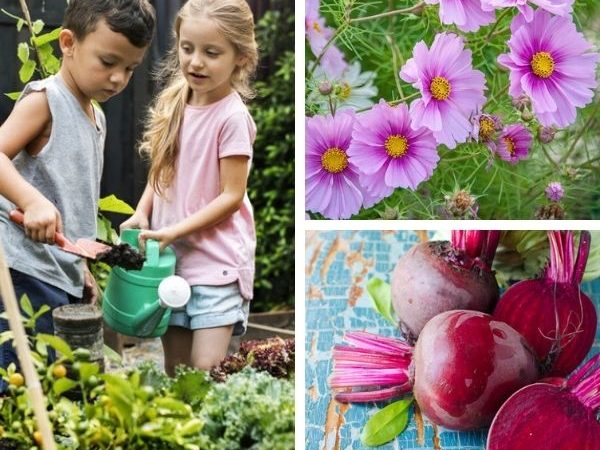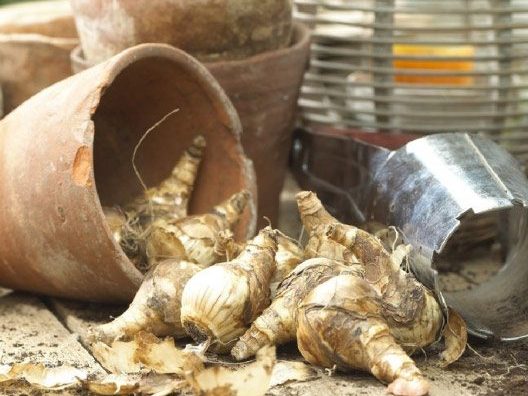When to Plant Beet Seeds
Beets like to be planted in cooler weather, but when the soil is above 40°F. If you’re in many of the southern states, you can grow beets all winter long. Beets can be planted relatively early in the season, as soon as soil can be worked or approximately four weeks after the last hard frost.
Where to Plant Beet Seeds
Direct sow beets or start indoors and transplant. Being related to Swiss Chard and Spinach, beets should not be planted in close proximity or succession with these crops. The plot should be kept well weeded to discourage competition which can result in a less than peak harvest. Beets have a good tolerance for low fertility soil, and too much nitrogen can encourage top growth which will detract from root development.
How to Plant Beet Seeds
Before planting, we recommend soaking beet seeds for 24 hours to encourage germination. Learn more about soaking seeds here.
If you want a continuous harvest all season long, stagger your plantings about three weeks from each other so they will be ready to harvest at different points during the season. Seeds should be planted approximately 3/4 inches deep and one inch apart in rows of approximately 12-18 inch spacing. After germination when seedlings are approximately four to five inches tall, seedlings will need to be thinned, depending on your desired harvest. For early harvesting of small, cylindrical roots, thin to three to four inches apart. For later harvests of larger roots thin to six inch spacing. Take care when thinning to not disturb the nearby developing roots.
How to Harvest Beets
The best color and flavor for beets develops under cool conditions and bright sun. Beets can be harvested when they have reached the desired size, but approximately 65 days after planting beets will be the familiar one to three inches in diameter (depending on variety) that most gardeners want for cooking and preserving. When the beet roots are small and the plant is still young, the nutritious greens can be harvested. They can be cut at any stage of growth, but it is best to harvest them when they are young and tender, around two to three inches tall. Leave some leaves on the plant to allow the roots to continue growing.
With adequate moisture and space, beets will grow rapidly, but larger roots can be tough and fibrous. When harvesting, beets should be separated from their tops, leaving about one inch of stem on the root. Beet greens are also nutritious and delicious, but must be stored separately–greens stored intact with the root will continue to draw moisture from the root, and will result in a shriveled and flavorless root. Fresh beets can be stored in the refrigerator for several weeks, or preserved by canning, pickling or freezing.


